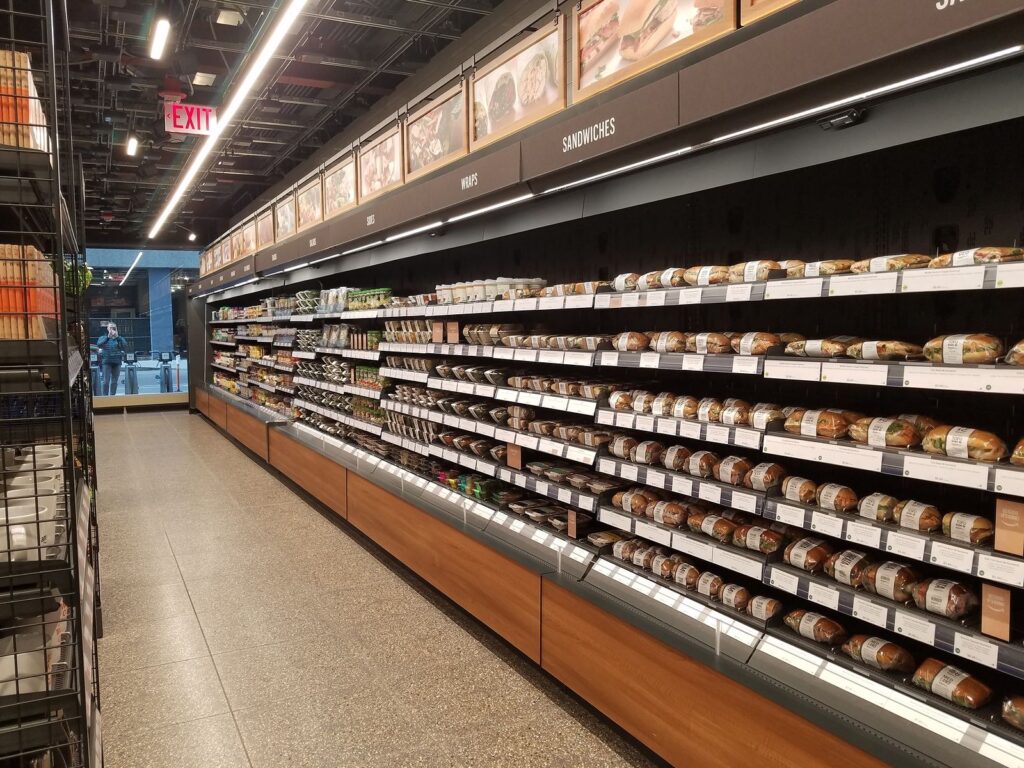
No longer seen as just an expensive alternative to supermarkets, local convenience stores offer time-poor consumers a viable shopping option for last minute grocery purchases. However times have been tough, so in challenging trading conditions what’s the key to success in this industry?
Analysis firm IBISWorld published a report in January 2019; it focuses on those outlets primarily selling convenience goods and does not include service stations with add-on convenience stores.
The report shows households have kept a tighter grip on their wallets and stores have needed to shift their merchandise focus and pricing to ensure their offers are competitive. Major supermarkets have encroached on the convenience space and there has been a decline in demand for tobacco products.
However franchised chains, particularly those with fuel retailing attached, have been better placed to face the challenges. Take 7-Eleven, which holds the top spot in the sector with 9.5 per cent of market share. The business has refreshed its store design, broadened its service offer, introduced a focus on fresh and healthier foods, and talked up its sustainability program.
“7-Eleven has strengthened its industry position over the past five years.” Bao Vuong, report author said.
Vuong noted the differences between capital city, franchised outlets and the regional independent milk bars.
“Individual 7-Eleven stores tend to earn higher revenue on a yearly basis compared with milk bars and other traditional convenience stores as they are usually located in prominent urban centres.”
Convenience store predictions
Predictions for 2019-24 showed a drop in revenue, and profit margin. But there are growth opportunities in the sector, suggested Vuong, if operators take the following steps: collaborate with suppliers, bring in store innovation and consumer offers, and develop brand differentiation.
“Further growth opportunities will likely stem from firms expanding their range of fresh and healthy food items, engaging with smartphone users and developing applications to boost sales, implementing self-service check-outs with contactless payment technology, introducing rewards programs and offering essential groceries in bulk.”
The sector has to embrace the changes and find ways to gain market share. For instance, gaining ground on post offices and newsagencies by offering lottery ticket sales and postal services.
If networks tackle the changing tastes of the population by introducing healthier ready meals there is likely to be an impact on store size if larger coolrooms are required.
Vuong is clear there are some simple steps to take in-store: Quick and easy service, clear store layouts, attractive merchandise displays and additional services.
Among the most competitive products at convenience franchised outlets are takeaway food, newspapers/magazines, health and beauty items and cigarettes. Specifically, in 2019-19, tobacco had a 37.5 per cent product share, making it by far the most commonly found item, ahead of beverages with 25.6 per cent and snacks and confectionery with 10.5 per cent product share.
As a whole, the convenience industry generated $4.7bn in revenue over 2018-19, with a $273.9m profit result. Unsurprisingly for the industry’s 8114 businesses, wages continue to be a massive outlay, costing a total of $439.1m over the period.
According to IBISWorld, the three most clearly represented convenience chains in Australia are 7-Eleven with 9.5 per cent market share, Lucky 7 with two to three per cent market share and NightOwl, which holds less than one per cent market share.
Fancy a career in the convenience? Check out these great franchising opportunities.

